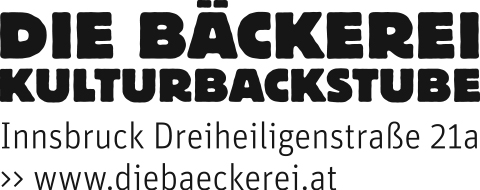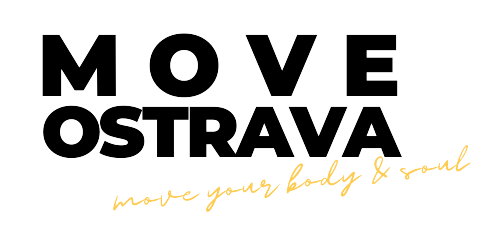Exercise description
Your frame of refrence before trying this out
Life and work possess a momentum characterized by stimuli and our responses to them. The assumption often lies in the lack of space we create between these two elements, leading to a state of hyper-focus, frustration, or uncertainty about the next steps. This exercise aims to cultivate a greater space between stimuli and response, integrating perspectives from thought, emotion, and action. By doing so, it offers a holistic view of the situation, (thinking, feeling, willing) allowing for more informed and balanced decisions.
# Pre-requisites for using this method as a trainer
• Voluntary basis
• Secure frame: trust & confidentiality
• Mature handling of what I learn about my client/colleague
The exercise
- Group Setup and Roles:
- (CG) Case Giver: This person presents the "key scene".
- (M) Moderator: Guides the exercise.
- (H) Helper: Engages in the exercise.
Exercise Structure:- Each round lasts approximately 8 minutes, with a total of 25 minutes for 3 cases.
- Identify a Specific Situation: Think of a particular situation where you either need or want to influence someone or something. Consider the Where, When, What, Who, and the dynamics involved. Try to distill this situation down to its most crucial aspect, which we'll call the "key scene".
- Script (to be repeated 3 times for each case):
- The Case Giver (CG) shares the "key scene" briefly.
- The Moderator (M) directs questions to the Helper (H) based on the "key scene".
- a) "When you hear this 'key scene', what thoughts come to mind?"
- The Helper (H) explores their thoughts and shares them.
- b) "What emotions do you feel in this moment?"
- The Helper (H) delves into their feelings and expresses them.
- c) "What action impulse do you experience now?"
- The Helper (H) reflects on their immediate urge to act and vocalizes it.
- a) "When you hear this 'key scene', what thoughts come to mind?"
- This process repeats for each turn, then moves on to the next turn until the exercise is completed.
- This exercise aims to help you gain insight into your thoughts, emotions, and impulses related to influencing a situation.





